Leeks, Kale, and other cold weather veggies
polygonum_tinctorium
12 years ago
Related Stories
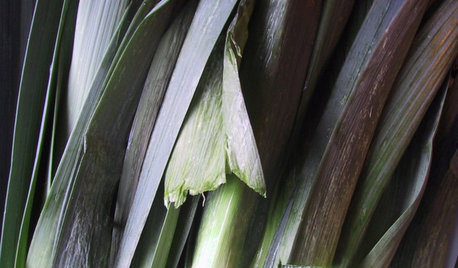
COOL-SEASON CROPSCool-Season Vegetables: How to Grow Leeks
Elegant in the garden and handy in the kitchen, onion-related leeks are worth the effort
Full Story
FEEL-GOOD HOMESimple Pleasures: Get Cozy on a Cold Day
Some things are best when the weather is bad. Heat up some cocoa and join the discussion
Full Story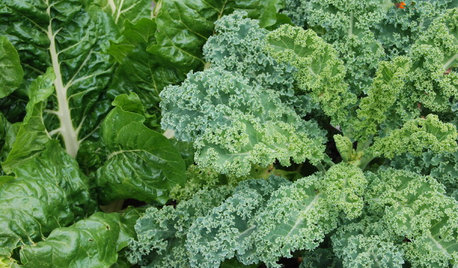
FALL GARDENINGFrost-Hardy Foliage That Loves a Cold-Climate Garden
When winter cuts a bleak swath through other plants, these edibles and perennials flourish brilliantly
Full Story
FARM YOUR YARDHow to Build a Raised Bed for Your Veggies and Plants
Whether you’re farming your parking strip or beautifying your backyard, a planting box you make yourself can come in mighty handy
Full Story
WINTER GARDENINGExtend Your Growing Season With a Cold Frame in the Garden
If the sun's shining, it might be time to sow seeds under glass to transplant or harvest
Full Story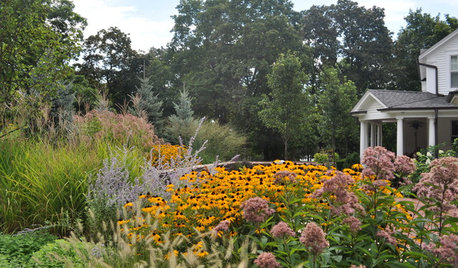
GARDENING GUIDESPacific Northwest Gardener: What to Do in September
Put in cool-weather veggies, fertilize your lawn and tidy the garden this month before chilly weather arrives
Full Story
MONTHLY HOME CHECKLISTSYour Fall Home Maintenance Checklist
Prep your house and yard for cold weather with this list of things to do in an hour or over a weekend
Full Story
EDIBLE GARDENSHow to Grow Your Own Sweet Summer Crops
This guide will help any gardener get started on growing the freshest warm-season veggies and berries for summer
Full Story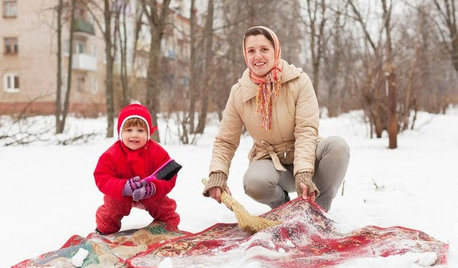
HOMES AROUND THE WORLDHousehold Habits and Customs to Borrow From Other Countries
Discover why salt may be the perfect house-warming gift, how to clean rugs in snow and why you should invest in a pair of ‘toilet slippers’
Full Story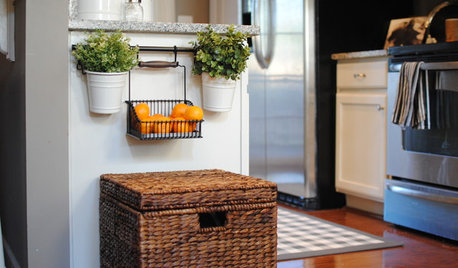
KITCHEN STORAGESmart Storage for Fresh, Tempting Produce
Keep fruits and veggies in easy reach with baskets, refrigerated drawers and cabinet pullouts, to stay healthy all winter long
Full Story





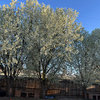
digit
david52 Zone 6
Related Professionals
Lyons Landscape Architects & Landscape Designers · Manhattan Beach Landscape Architects & Landscape Designers · Palm Springs Landscape Architects & Landscape Designers · Buford Landscape Contractors · Matthews Landscape Contractors · Cicero Landscape Contractors · Hurricane Landscape Contractors · Kailua Landscape Contractors · Mashpee Landscape Contractors · Pacifica Landscape Contractors · St. Louis Landscape Contractors · Wilsonville Landscape Contractors · Gardena Solar Energy Systems · Los Angeles Solar Energy Systems · Mokena Solar Energy Systemspolygonum_tinctoriumOriginal Author
polygonum_tinctoriumOriginal Author
digit
polygonum_tinctoriumOriginal Author
digit
Skybird - z5, Denver, Colorado
digit
polygonum_tinctoriumOriginal Author
highalttransplant
kvenkat
david52 Zone 6
polygonum_tinctoriumOriginal Author